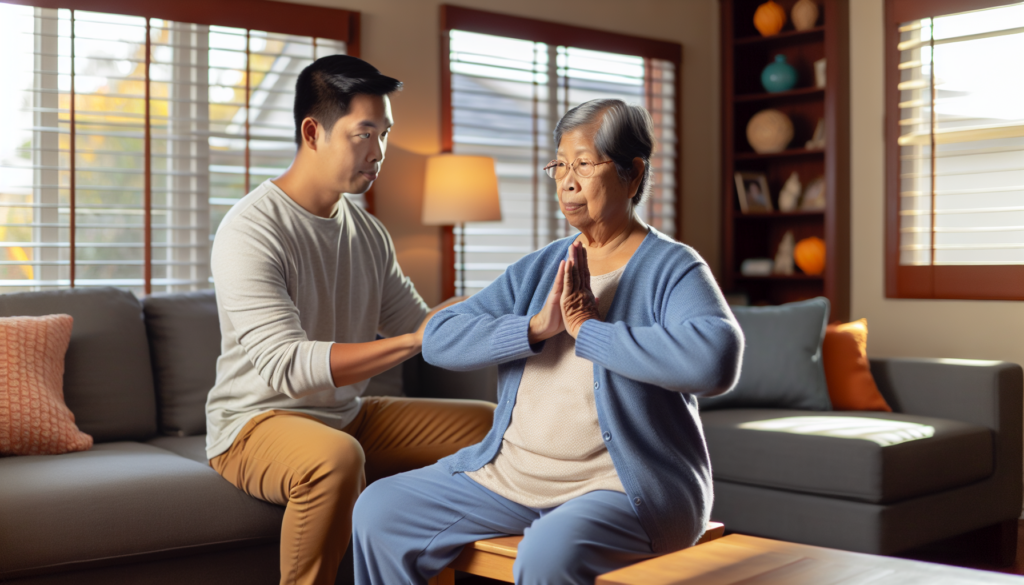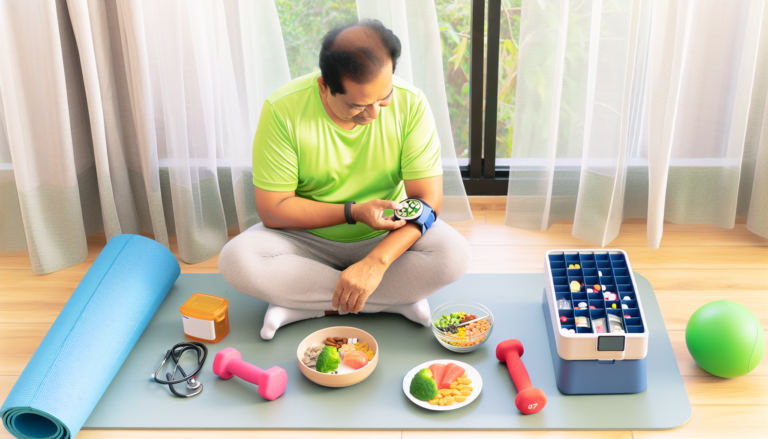Integrating Mindfulness Into Your Home Healthcare Routine
While a significant part of home healthcare work involves physical activity, treating medical conditions, and improving physical wellbeing, mental health is just as important, especially for those receiving or giving care at home. A powerful way to enhance mental health is through the practice of mindfulness. Mindfulness is a mental state achieved by focusing one’s awareness on the present moment, calmly recognizing and accepting one’s feelings, thoughts, and bodily sensations. It is an effective tool to reduce stress, increase self-awareness, and improve overall mental wellbeing.
Benefits of Mindfulness in Healthcare
Several research studies highlight the benefits of mindfulness in health care, particularly for patients receiving care at home. Mindfulness can significantly reduce stress, anxiety, and depression, conditions that can exacerbate other health issues. Having the ability to deal with stress effectively can lead to improved wellbeing, better sleep, and greater receptiveness to treatment.
How to Implement Mindfulness Practices
As a patient or caregiver, introducing mindfulness into daily routines can be achieved with simple and practical steps. These can include mindful breathing, mindful eating, walking meditations, and guided mindfulness meditations. Even taking a few moments to sit in silence and focus on the present can go a long way in cultivating mindfulness.
Mindful Breathing and Meditation
Mindful breathing is a straightforward practice which involves focusing on your breath, observing the inhalation and exhalation process without attempting to control it. This practice can help to cultivate focus, patience, and a moment-by-moment awareness.
On the other hand, guided meditations can be helpful, especially for beginners. These often involve a narrator or guide leading you through a meditation practice, helping you visualize a peaceful scene or leading you through a series of affirmations.
Walking Meditation
If seated meditation isn’t your cup of tea, walking meditation might be for you. This practice involves walking at a slow pace, focusing on the sensations in your feet and legs, paying attention to the feel of your body moving and how it interacts with the ground. Like other mindfulness exercises, the key is to stay focused on the present moment and to gently bring your attention back when it wanders.
The Challenge of Starting and Maintaining Practice
Implementing mindfulness practice in your daily routine may initially be challenging. It’s easy to get swept up in the hectic pace of life and ignore your mental health needs. However, just a few minutes of mindfulness activities a day can lead to significant mental health improvements over time.
Conclusion
Remember, mindfulness isn’t about masking or ignoring problems. It’s about becoming aware of your experiences and learning to find peace even amidst difficulties. Whether you’re a healthcare patient or a professional caregiver, integrating mindfulness into your wellbeing routine can significantly enhance your mental health, leading to improved overall wellness and quality of life.



